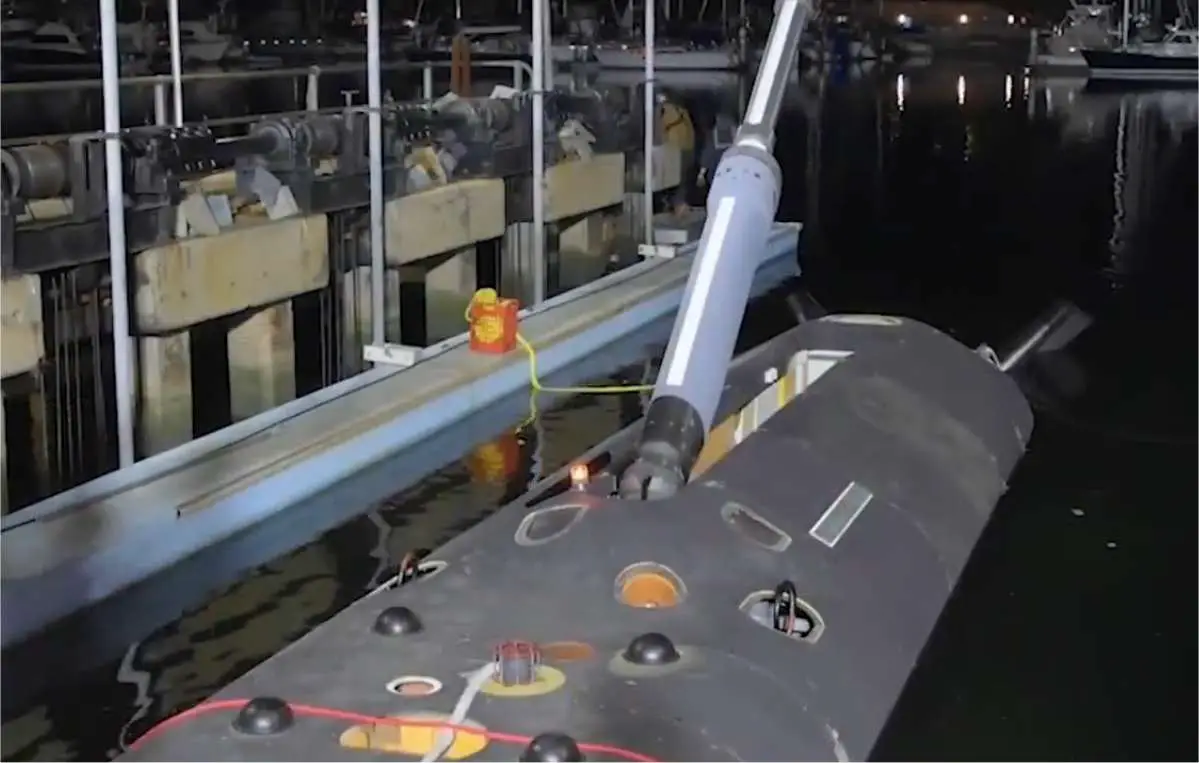Breaking news
Orca XL uncrewed undersea vehicle completes its initial sea trials.
According to a tweet published by Boeing on August 2, 2023, Boeing's Orca, an extra large uncrewed undersea vehicle (XLUUV) developed with the U.S. Navy, has successfully progressed through its initial sea trials, showcasing a series of self-governing underwater moves.
Follow Navy Recognition on Google News at this link
 Orca Extra Large Uncrewed Undersea Vehicle. (Picture source: Boeing)
Orca Extra Large Uncrewed Undersea Vehicle. (Picture source: Boeing)
This latest development underscores Orca's ability to work autonomously for prolonged durations, boosting its operational span in challenging maritime conditions.
About the XLUUV
Design-wise, the Orca borrows the 51-feet stature from the Echo Voyager. However, it distinguishes itself with its innovative modular construction. This feature empowers the Orca to be equipped with an additional payload module stretching up to 34 feet and bearing a weight capacity of 8 tonnes.
This effectively extends the vessel's overall length to 85 feet. Reflecting the Navy's multifaceted operational needs, the Orca is conceptualized to be a chameleon in the seas, with capabilities ranging from surveillance, submerged and surface operations to electronic combat and minesweeping maneuvers.
Powering this colossal AUV is an ingenious hybrid system amalgamating diesel with lithium-ion batteries. This dual system propels the Orca using the battery reserves when submerged and leans on diesel generators for battery rejuvenation upon surfacing.
With a top speed touching 8 knots and an average operational speed hovering around 3 knots, the Orca boasts an impressive range of 6,500 miles. This, coupled with its endurance extending to several months, marks the Orca as a formidable player in the autonomous marine technology domain.























